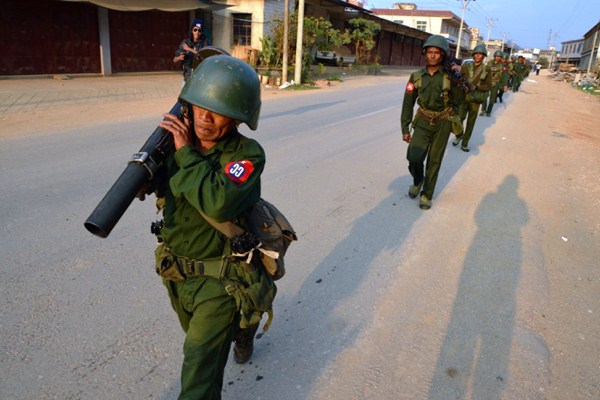Ongoing clashes in Myanmar between ethnic Kokang rebels and government forces near the Chinese border have so far left over 160 dead. In an email interview, Jasmin Lorch, a research fellow at the German Institute of Global and Area Studies, discussed ethnic rebels in Myanmar.
WPR: What has kept the government from reaching cease-fires with the group involved in the recent fighting, and what impact might the fighting have on cease-fires elsewhere?
Jasmin Lorch: The Myanmar National Democratic Alliance Army (MNDAA) of the Kokang had a cease-fire with the military government that preceded the current quasi-civilian government of President Thein Sein. But this cease-fire broke down in 2009, when the government tried to persuade the MNDAA to transform into a border guard force under the Myanmar army. Subsequently, the MNDAA was almost crushed by the Myanmar army. But it has been able to regroup, and during the latest clashes it has allegedly tried to recover territory it lost in 2009.

